Gold Prospecting Tips 2022
Gold Prospecting Tips 2022
If you are, then consider yourself lucky, as thanks to modern tech, there’s now a wide range of equipment that supports this fun activity. Furthermore, there are a lot of areas designated specifically to prospecting gold. Should you want to prospect gold on private property, you may also acquire the necessary permits.
Of course, all may sound a little overwhelming for the first-time gold prospector. Thankfully, we’ve put together some of our best tips on how to best start this niche hobby.
Assess this history of the land
In some areas we have well-mapped goldfields, which means there is a wealth of information from the department of mines and other resources that can point you in the right direction. Firstly research as much information as you can about the area — ask around, look online, and join social media groups as well as forums that can provide you with valuable details about the land. When you have enough land information, you can evaluate whether it’s the right place to prospect for gold or not.
Check online
There is a lot of information that you can get online about places to mine. You can use websites to access maps which will allow you to see areas that are open for prospecting. There is also mobile applications that also have this information in a mobile platform. Google Earth is also great for finding visible old mines and other areas that you can potentially explore. Use the satellite image layer to look for any pieces of evidence of past mining activity. You can also use mapping software that will let you navigate remote gold mining areas.
Choose the Right Metal Detector
Not all metal detectors are created equal, and as such, not all are great at locating gold, especially if the gold is in small pieces. Many VLF (very low frequency) detectors have difficulty in highly mineralized soils, which is commonly where gold is found. Some have better ground balancing than others.
The high level of minerals can cause the detector to give false readings or have a difficult time pinning down a target. Both areas have highly mineralized soils are known areas where gold and precious metals have been mined.
PI (pulse induction) detectors are often better at ground balancing minerals right out of the box but can be quite a bit more expensive. Always do your research before buying a metal detector.
If you want a VLF detector, you must be sure you chose a model that is specifically made for gold or has very good ground balancing. VLF detectors are typically easier to use and are recommended for beginners or intermediate detectorists.
PI detectors are known to detect at greater depth than most VLF detectors and are generally better at ground balancing. PI detectors are traditionally built for more advanced detectorists. These detectors can ignore highly mineralized soils and the best metal detectors for finding gold.
Choose the Proper Accessories
As with any type of detecting, you will want to ensure you have all the proper accessories along on your hunt. You will want a good pick hammer to break through rocky ground or separate gold bearing rock. Some type of scoop or shovel should come along, as you will likely be moving a decent amount of earth to find your targets.
I recommend bringing along high quality metal detecting headphones so you can hear even the faintest notification on your detector. You will also want a vial or some type of secure container for your gold.
Start in dense areas
For gold prospectors, areas near ancient streams and rivers have a high potential for gold. These areas produce an erosion that makes it easier to uncover gold. Usually, the gold collects in the tributaries and diversions of the main channel, which means it’s a good idea to start in these areas first.
Get down and dirty
When you’re prospecting gold, it’s unavoidable to get dirty. When you’re in dense areas near rivers or streams, you need to get down deep into the sediment to find gold if you are panning. Therefore, expect to get dirty while you’re at it. If you really want to find that gold, you need to be willing to get covered in mud and soil. Don’t worry though! If you find what you’re looking for, then it’ll be worth it in the end.
Focus on the inside of bends in rivers
Don’t forget to bring a shovel with you when you’re prospecting gold. Check out the shoreline for gold and the inside of bends where heavy sediments will fall and be trapped. Dig up some dirt from close to the shoreline to check. Use water from the nearby water source to screen the pan to determine if there’s gold in the soil.
Be patient
There is little chance that you’ll find gold on your first try, and that’s completely okay. In beginner gold prospecting, consider yourself a young, inexperienced padawan. you’ll need to practice the skill of patience to achieve your goals.
Choosing a Pinpointer
When you have found a target and dug a hole attempting to get to your find, it is always a good idea to bring along a pinpointer. These miniature detectors make it much easier to dig a smaller hole and find exactly where your target is located.
Choose the Right Search Coil
Many metal detectors will have options for search coils. They can come in a variety of shapes and sizes. Concentric search coils will search deeper than wide scan coils but will not discriminate the same. Larger coils can find larger nuggets buried deeper. Smaller coils can easily get into smaller spaces and can operate more smoothly in mineralized soils. Be sure to research which type of coil works best for the type of environment you will be hunting. For example, concentric coils are the best coil type for forested areas, as they typically search deeper.
Know How to Tune Your Detector
One of the first things you will want to learn is how to ground balance your metal detector. As most goldfields contain highly mineralized soil, the detector will behave erratically. It will be difficult to hear a gold target among all the other noises. Each detector has its own ground balancing, and some are automatic. Be sure you read the manual thoroughly and understand how to ground balance your unit properly.
Always Read the Manual
Although it may be a boring step, especially when you are excited to get out and find treasure, always take the time to read the manual that comes with your metal detector or pinpointer. Many manuals will have information for proper settings in each type of environment and will have information for ground balancing, as mentioned above.
Knowing the manual will help ease the learning curve if you’ve switched to a new machine, and they are full of information designed to get you out and detecting quickly and easily.
Conclusion
Are you ready to prospect gold? Prospecting gold is a fun hobby, but it does require a lot of patience. Since you’re new to this, it would be helpful to follow the tips listed above. You might not find gold the first time, but the journey will definitely be exciting. All in all, make sure you enjoy the process, as gold prospecting can offer a ton of opportunities for growth and learning.



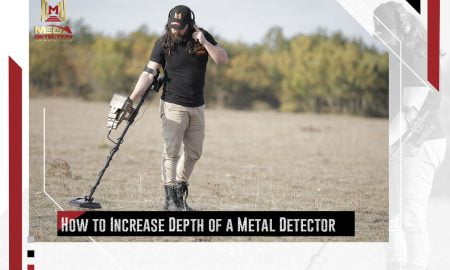


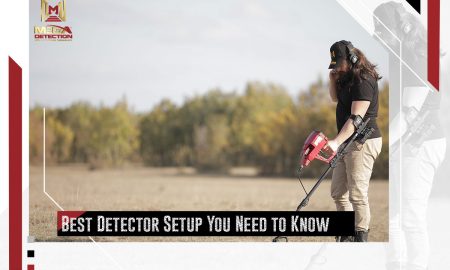
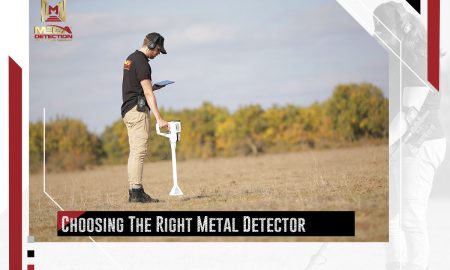

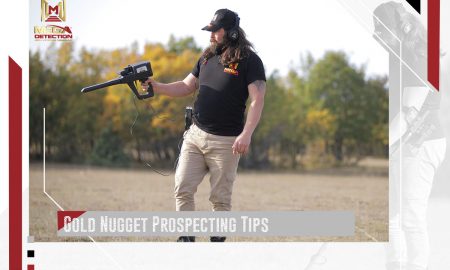
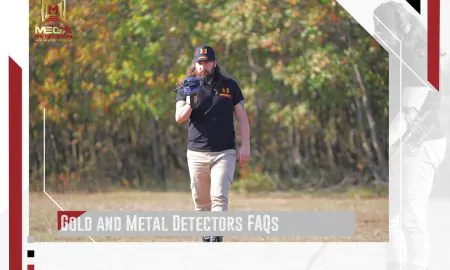

Leave a Reply